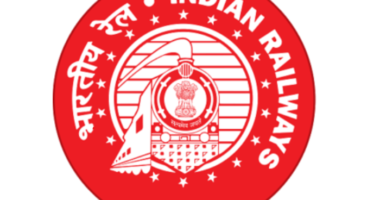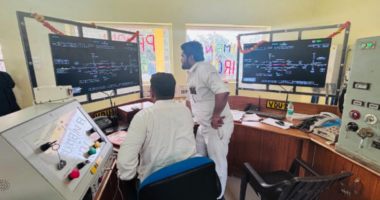The push to merge the Konkan Railway Corporation (KRC) with the Indian Railways (IR) has been gaining strong traction among various stakeholders. This proposition, which has picked up significant steam in recent months, aims to bring together the unique strengths of the Konkan Railway and the operational might of the Indian Railways.
The Background: Konkan Railway’s Unique Journey
The Konkan Railway, an engineering marvel of the late 20th century, holds a special place in India’s railway network. Traversing challenging terrain along the western coast, from Maharashtra to Karnataka, it stands as a testament to innovative railway engineering.
- Inception: Conceived in the late 1980s, the Konkan Railway was commissioned to fill the coastal gap between Mumbai and Mangalore.
- Challenges: Overcame geographical hurdles such as mountains and rivers, involving the construction of numerous bridges and tunnels.
- Operational Independence: Operated as an autonomous entity under the Ministry of Railways, the KRC runs both passenger and freight services.
Benefits of the Merger
Bringing the Konkan Railway under the Indian Railways umbrella promises various benefits which are increasingly being recognized by industry experts and stakeholders.
Operational Synergy
One of the principal advantages of the merger would be the creation of operational synergy. This would include:
- Resource Pooling: Better allocation and utilization of resources including locomotives, coaches, and human resources.
- Streamlined Management: Reduction in duplicated efforts with unified command and control.
- Enhanced Connectivity: Improved integration with the national rail network, fostering seamless travel experiences for passengers.
Financial Stability
Financial stability also stands as a significant motivator for the merger:
- Debt Management: The Konkan Railway’s substantial debts can be managed more effectively under Indian Railways’ larger financial framework.
- Operational Costs: Reduced operational costs through the elimination of administrative redundancies.
- Revenue Generation: Enhanced revenue opportunities through unified ticketing, cargo handling, and strategic planning.
Technological Advancements
Joint ventures can drive technological advancements, a critical area for both the KRC and IR.
- Innovation Sharing: Implementation of advanced technology and practices through shared R&D.
- Infrastructure Upgrades: Consistent and comprehensive infrastructure upgrades across both networks.
- Digital Integration: Enhanced digital services such as real-time tracking, online reservations, and customer support.
Stakeholder Views
The merger idea is supported by varied opinions from stakeholders including industry experts, policy makers, and passenger advocacy groups.
Government and Policy Experts
Government officials and policy experts favor the merger due to its potential for streamlined governance and better utilization of resources. This alignment is seen as beneficial in advancing India’s rail infrastructure goals efficiently and effectively.
Passenger Advocacy Groups
Passenger focus groups underscore the potential improvements in service quality and punctuality, envisioning a more reliable and comprehensive network post-merger.
Industry Experts
Industry analysts see the merger as a strategic move to enhance operational efficiency and financial health, propelling both networks towards global competitiveness.
Steps Toward the Merger
The path to merging the Konkan Railway with the Indian Railways involves comprehensive planning and execution:
Legislative and Administrative Framework
- Policy Amendments: Amendments to current rail policies to facilitate the merger.
- Stakeholder Agreements: Consensus and agreements among stakeholders including state governments and the central railways authorities.
- Legal Framework: Establishment of a robust legal framework to anchor the merger process.
Infrastructure Integration
- Asset Management: Standardization and integration of assets including infrastructure and rolling stock.
- Network Connectivity: Synchronization of time-tables, ticketing systems, and customer service operations.
- Safety Standards: Harmonization and enhancement of safety protocols and procedures.
Operational Transition
A phased approach to merging operational frameworks, ensuring minimal disruption to current services.
- Phased Implementation: Gradual implementation phases to ensure smooth transition.
- Training Programs: Training and acclimatization programs for employees to adapt to new systems.
- Feedback Mechanism: Establishing a robust feedback mechanism to address teething issues promptly.
Conclusion
The momentum gained by the proposal to merge the Konkan Railway with Indian Railways is a step towards creating a more efficient, financially sound, and technologically advanced rail network in India. While the journey towards full integration will require diligent planning and execution, the potential benefits make a compelling case for this strategic transition.
Stay tuned as this evolving narrative unfolds, promising to reshape the future of rail travel along India’s scenic western corridor.
“`






